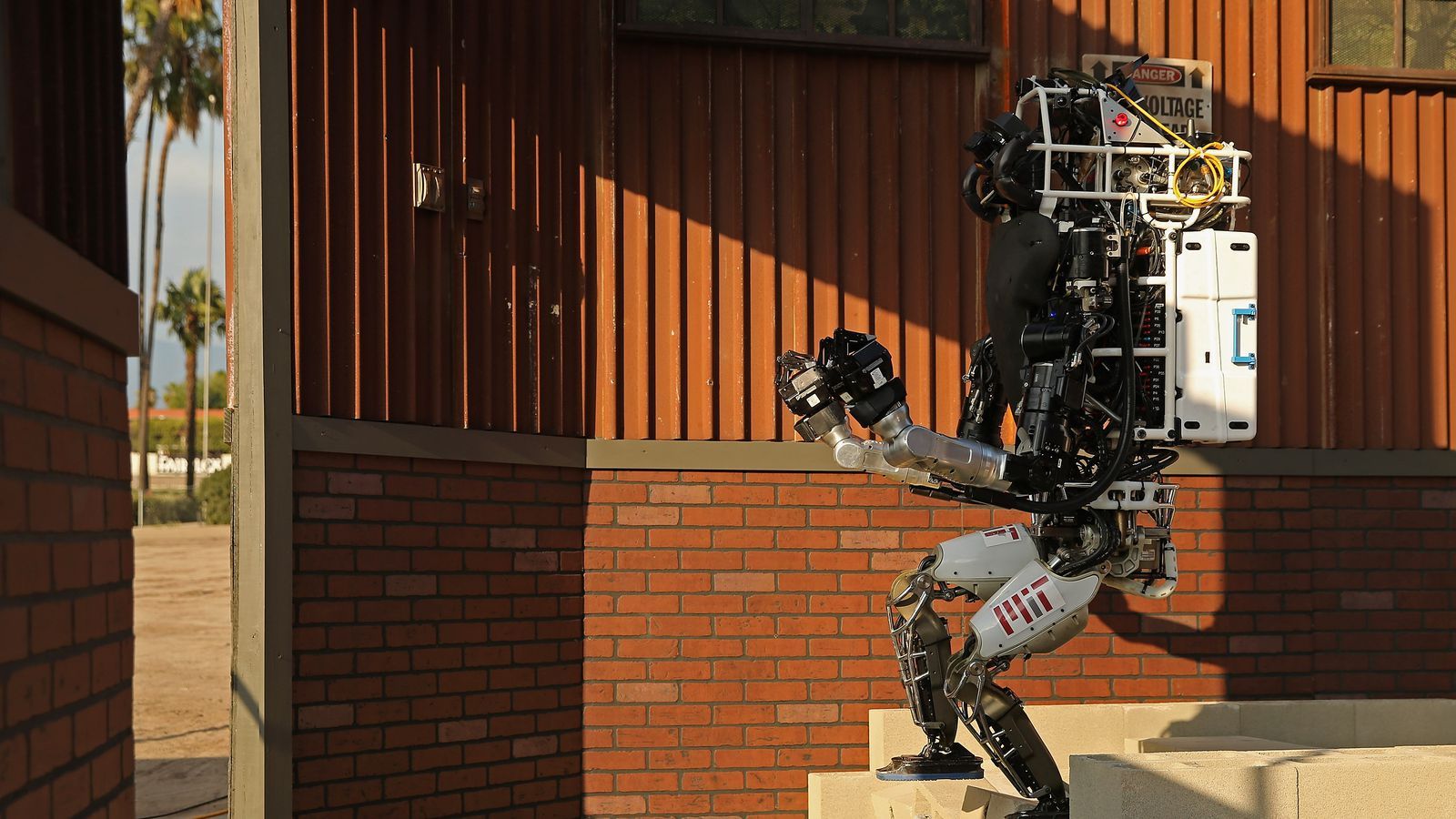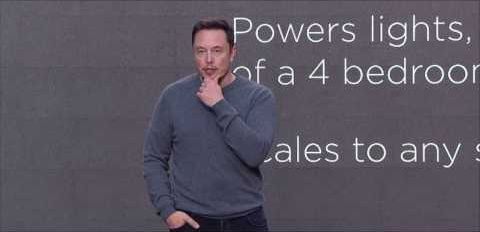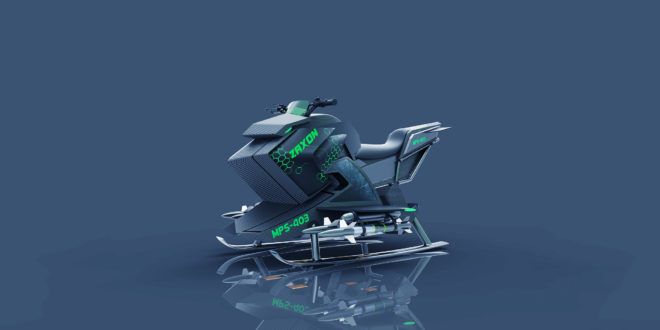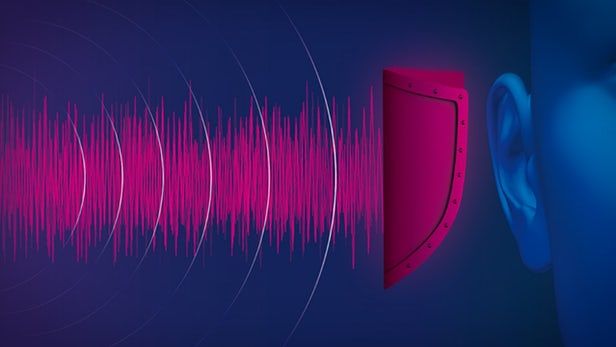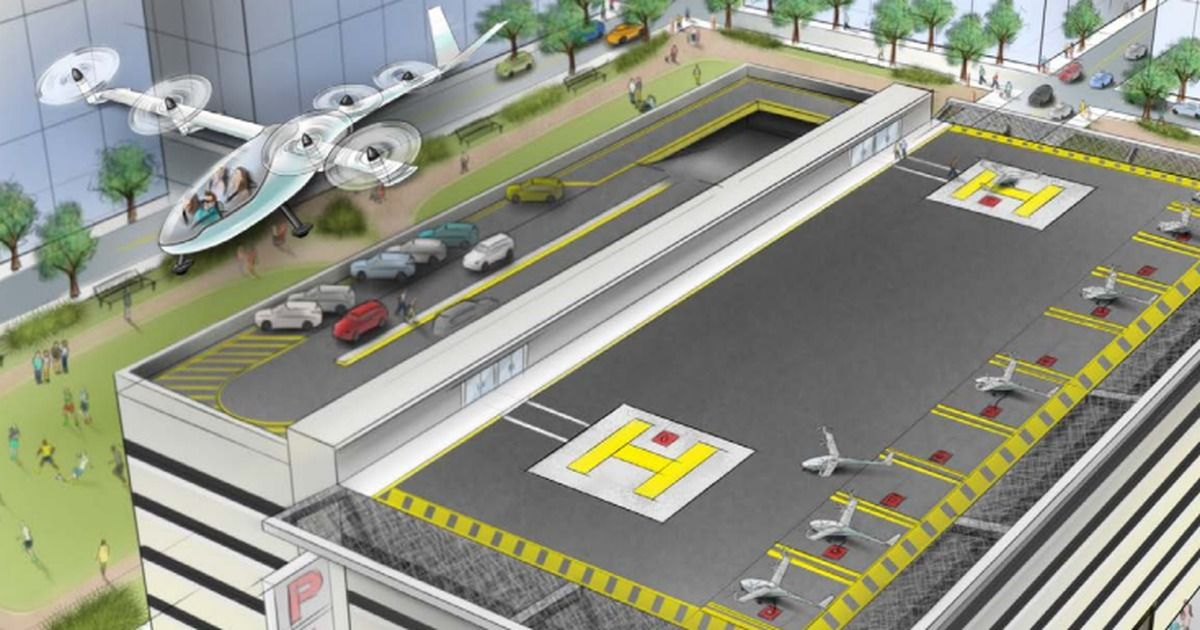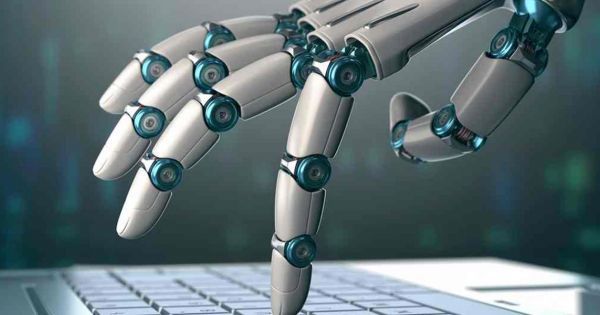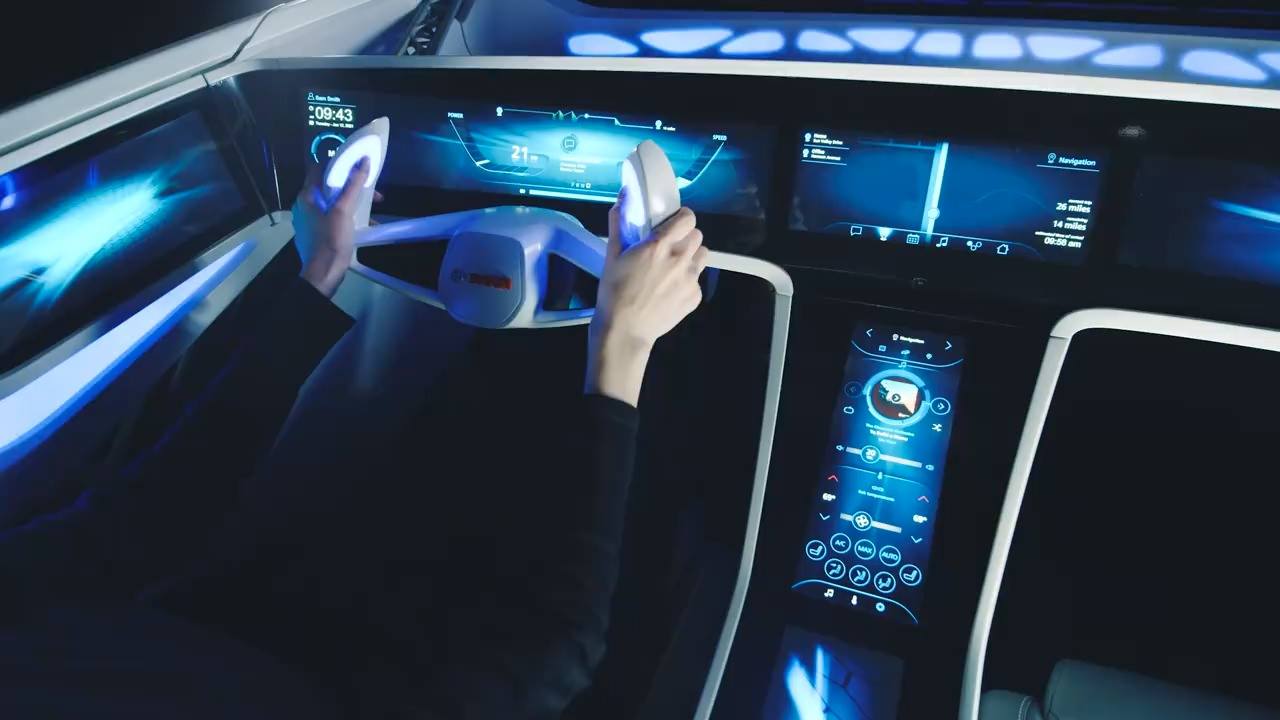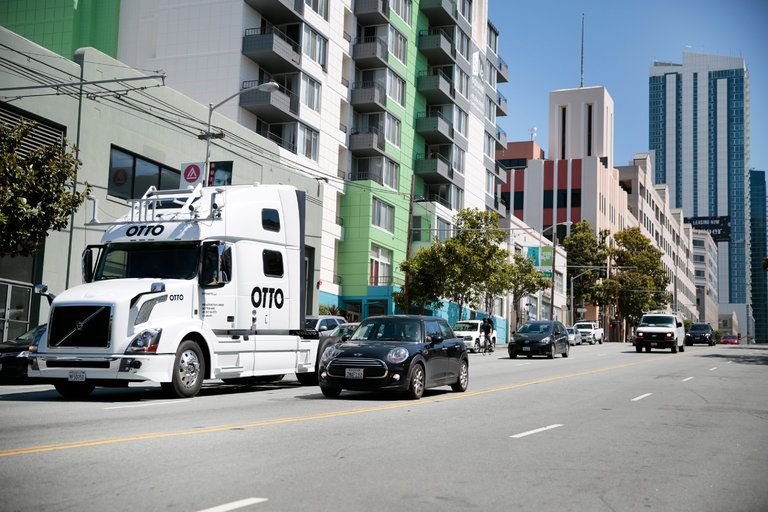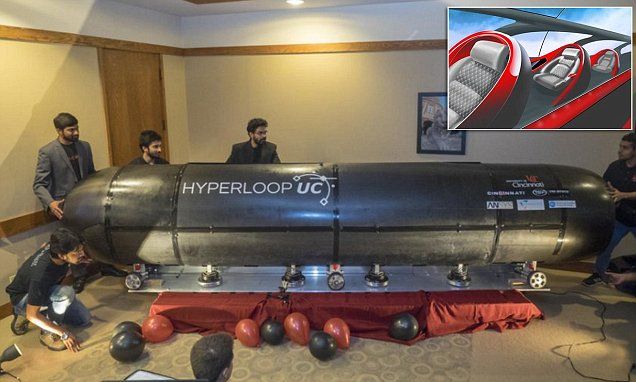Mercedes-Benz is trying to cut down on hearing damage caused by the deafening crunch of a car crash, and it’s doing so by blasting pink noise through the stereo when you’re about to hit something, to trigger a fascinating physical response.
Mercedes-Benz has done a lot to push automotive safety forward over its long history. In 1978, the S-class offered the first (or one of the first, depending on who you ask) 4-wheel ABS systems on a production car. In 1987, along with BMW and Toyota, Mercedes put the first traction control systems into production cars.
More recently, in 2003, the company introduced its Pre-Safe system, a series of measures that kick in when the vehicle detects what it decides is an inevitable crash. Seat belts quickly tension to an optimum point, windows and sunroofs close, the seats puff up to stabilize the bodies in them, and in some cases they even move slightly toward the center of the car before impact.
Read more
